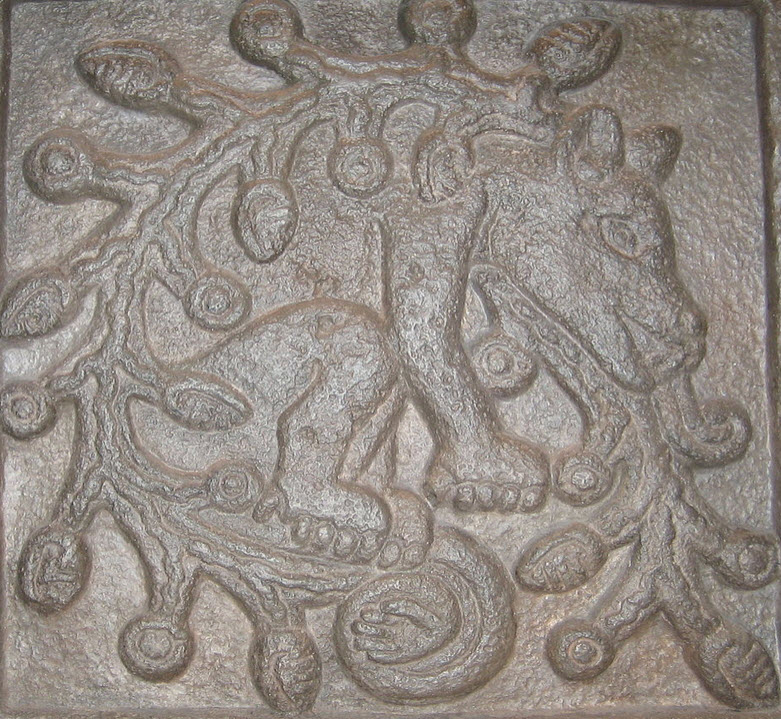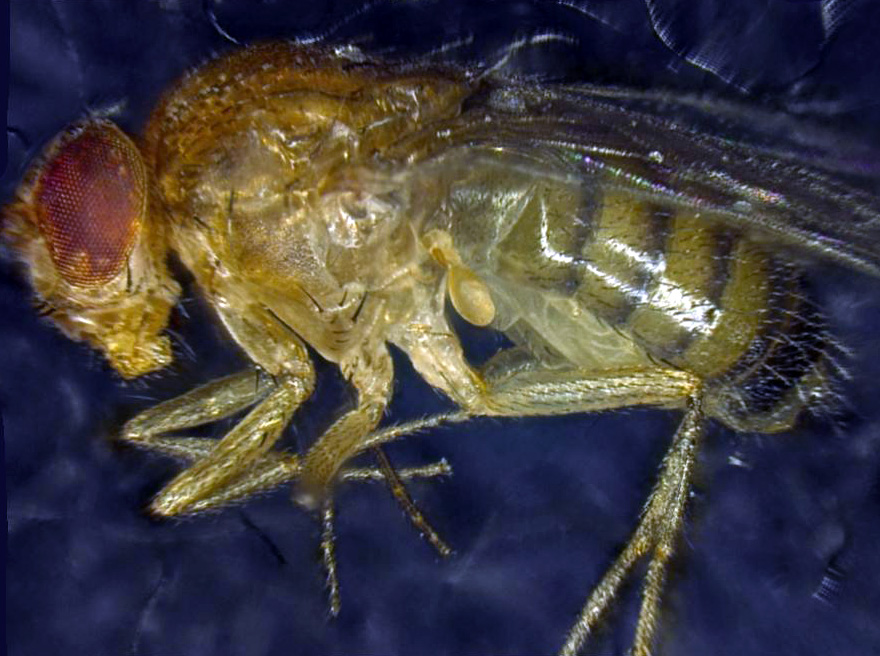‘Methuselah fly’ created by selecting best cells
January 16, 2015
University of Bern researchers have prolonged the lifespan of flies by activating a gene that destroys unhealthy cells. The results could also open new possibilities in human anti-aging research.
The researchers at the Institute of Cell Biology from the University of Bern in Switzerland, led by Eduardo Moreno, developed a new method to extend the lifespan of flies, based on improved selection of the best cells within the body. Their work appeared in the journal Cell.
“Our bodies are composed of several trillion cells,” explains Moreno, “and during aging, those cells accumulate random errors due to stress or external insults, like UV-light from the sun. Because some cells are more affected than others, we reasoned that selecting the less-affected cells and eliminating the damaged ones could be a good strategy to maintain tissue health and therefore delay aging and prolong lifespan.”
A cellular quality-control mechanism

Ahuitzotl (credit: unknown Aztec; photo upload: Infrogmation/public domain)
To test their hypothesis, the researchers used Drosophila melanogaster flies. The first challenge was to find out which cells within the organs of Drosophila were healthier.
Moreno’s team identified a gene that was activated in less-healthy cells — it selectively targets less healthy or less fit cells to protect the integrity and health of organs like the brain and gut.
(They called the gene ahuizotl (azot) after a mythological Aztec creature that selectively targeted fishing boats to protect the fish population of lakes.)
Normally, there are two copies of this gene in each cell. By inserting a third copy, the researchers were able to select better cells more efficiently.
The consequences of this improved cell quality control mechanism were, according to Moreno, “very exciting”: The flies appeared to maintain tissue health better, aged slower and had longer lifespans. “Our flies had median lifespans 50 to 60 percent longer than normal flies,” said Christa Rhiner, one of the authors of the study.
Could azot also slow down the human aging process? The azot gene is conserved in humans, so this opens the possibility that selecting the healthier or fitter cells within organs could in the future be used as an antiaging mechanism, say the authors. For example, it could prevent neuro- and tissue degeneration produced in our bodies over time.
The research was funded by the European Research Council (2.4 Million Swiss Francs).
Abstract of Elimination of Unfit Cells Maintains Tissue Health and Prolongs Lifespan
Viable yet damaged cells can accumulate during development and aging. Although eliminating those cells may benefit organ function, identification of this less fit cell population remains challenging. Previously, we identified a molecular mechanism, based on “fitness fingerprints” displayed on cell membranes, which allows direct fitness comparison among cells in Drosophila. Here, we study the physiological consequences of efficient cell selection for the whole organism. We find that fitness-based cell culling is naturally used to maintain tissue health, delay aging, and extend lifespan in Drosophila. We identify a gene, azot, which ensures the elimination of less fit cells. Lack of azot increases morphological malformations and susceptibility to random mutations and accelerates tissue degeneration. On the contrary, improving the efficiency of cell selection is beneficial for tissue health and extends lifespan.
